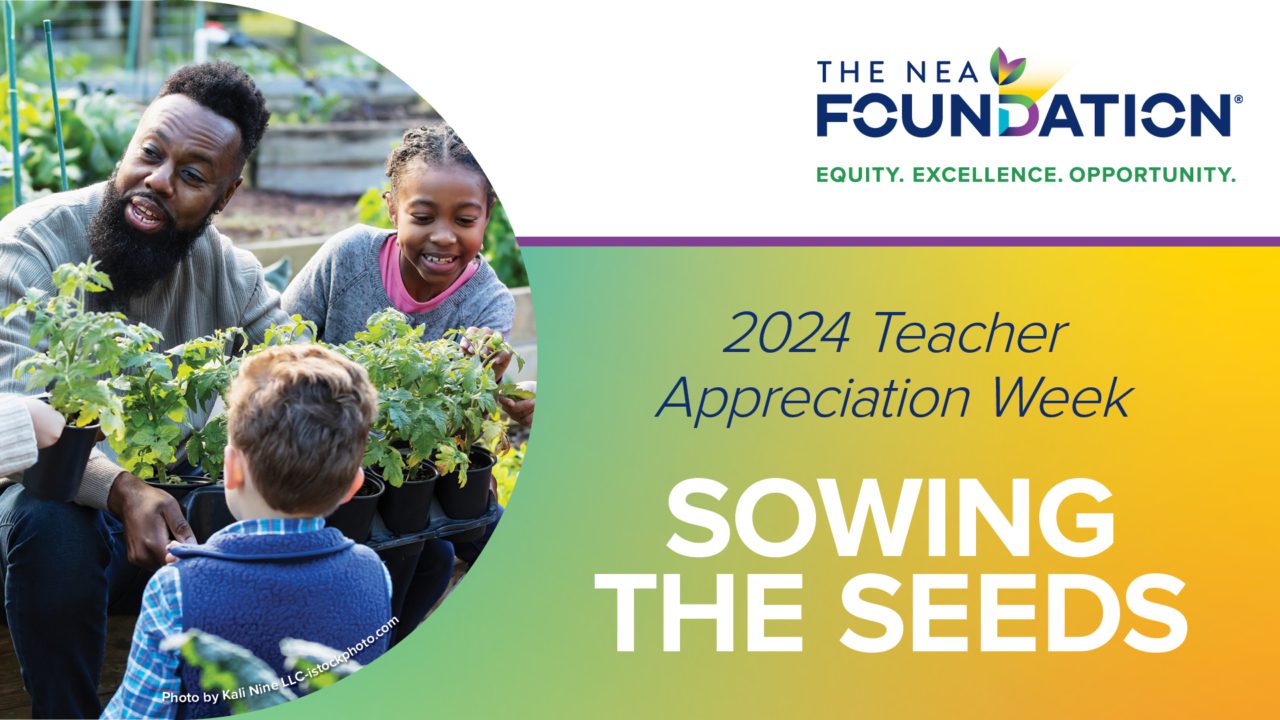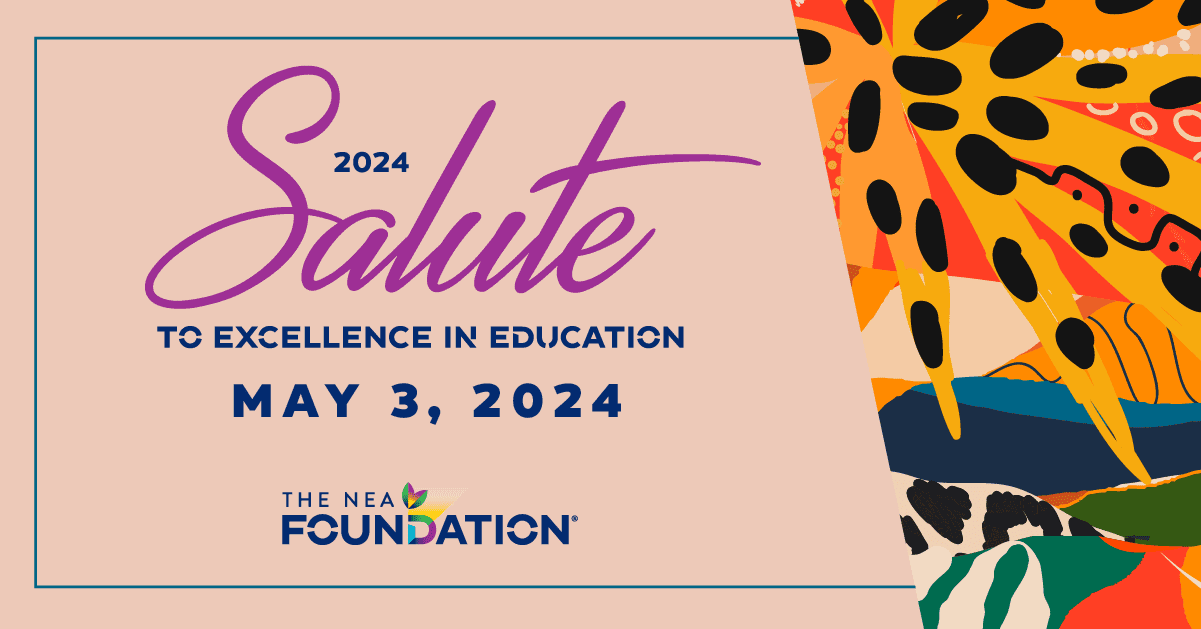
By Richard Erickson
2015 Global Learning Fellow and chemistry/physics/alternative education teacher
Bayfield High School in Bayfield, Wisconsin
This blog features the global-themed lesson plan initiatives of Richard Erickson, a 2015 alumnus of the NEA Foundation Global Learning Fellows program. Richard and his cohort participated in a year-long supported learning experience on the VIF International Global Gateway platform to build global competency skills. Even after the culminating trip to Peru, Richard continues to use education to bridge the divide between local and international.

Photo: Bayfield High School student stands on the shore of Lake Superior
“Hey, Mr. Erickson, can I get a drink of water?”
“Fortunately, yes you can.”
My students and I are fortunate to live on the south shore of Lake Superior, the world’s largest freshwater lake by surface area, which holds 10 percent of the world’s fresh surface water. Lake Superior plays a significant role in our daily lives and in developing our culture.
Although we don’t take the lake itself for granted, we often take the availability of fresh water for granted. We have an abundance of some of the best fresh water in the world. We don’t have to haul our water, unless we have chosen a lifestyle without indoor plumbing. We don’t have to ration our water during droughts. We don’t have to buy bottled drinking water. However, for many people on our planet, that’s not the case.
Throughout my 32 years of teaching, I’ve developed programs that center on the place in which my students live. Focusing on fresh water seemed to be an ideal opportunity to bring global instruction into my classroom.
My “Availability of Water” lesson provides students with an opportunity to gain a global perspective on an issue directly related to their lives. It forces students to examine the availability of our world’s fresh water relative to the population distribution. Students learn that population density is often not consistent with freshwater availability. For example, the Lake Superior basin has an abundance of available fresh water but a low population density. The Middle East and North Africa have a high population density relative to the amount of available freshwater. Students learn how these uneven population distributions can put pressure on natural resources.
This is just one example of how I try to infuse globally-relevant learning into my programs. In 2012, I connected with a school near Lake Baikal in Siberia, Russia — the world’s largest freshwater lake by volume, holding 20% of the world’s fresh surface water. The Siberian and Wisconsin students have significant cultural differences, but a similar cultural influence in their lives — large bodies of fresh water.

Photo: Program participants sign a banner symbolizing both partnership and friendship between Bayfield High School and the Lake Bailal school
Initially, we set out to learn how these large bodies of fresh water influence culture. In 2014, a group of our students and teachers traveled to Siberia and stayed with host families to learn about their lives, culture, and Lake Baikal. The next year, a group of Siberian teachers and students traveled to Wisconsin and stayed with host families to learn about our lives, culture, and Lake Superior. According to my students, the most important lesson learned through this relationship has been an affirmation of the goodness of people across the world.

Photo: Students and teachers from Wisconsin and Siberia dip their toes in Lake Baikal in Russia
It was a great honor to be selected as a 2015 NEA Foundation Global Fellow, and the experience augmented my efforts to provide global learning opportunities for my students. I had the opportunity to participate in exceptional workshops and visit Peru to learn about Peruvian culture and their public education system. And, most importantly, I was able to share those experiences with more than 30 amazing colleagues.
We exchanged ideas and engaged in conversation that helped galvanize our global learning experiences. We all agreed that one of our charges as teachers is to help our students learn who they are as people. Providing opportunities to learn about different cultures and globally relevant topics helps our students gain awareness and learn about their place in the world.
Want to see more of Richard Erickson’s lesson plan? Download “Availability of Water,” designed for grades 9-12, for free on VIF International Education.


